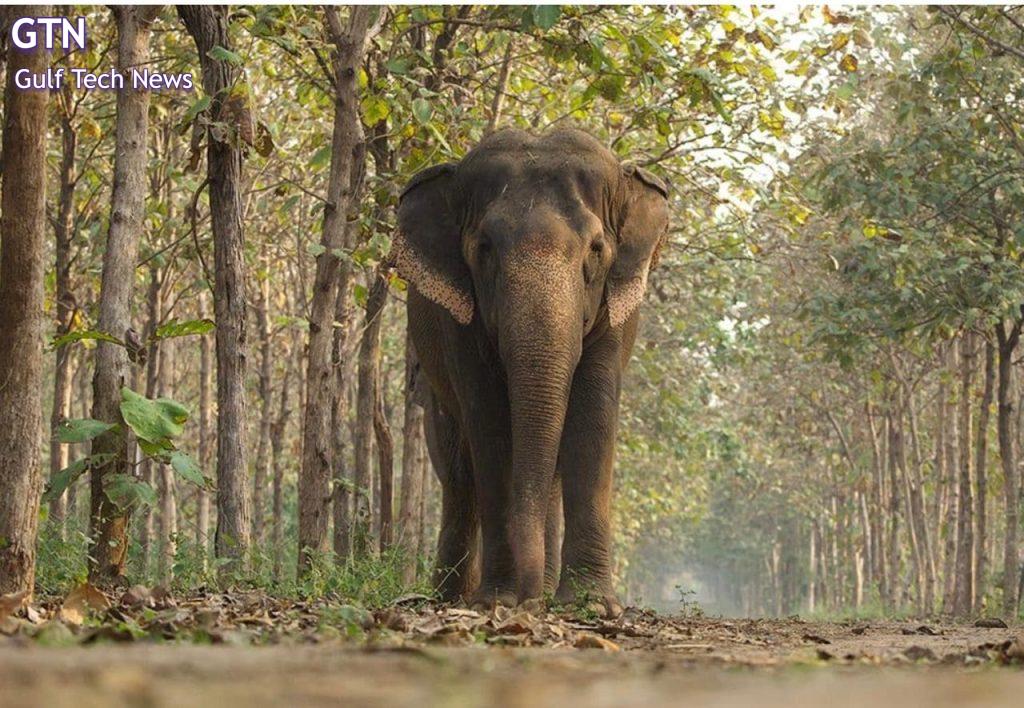CITES recognition of Vantara underscores rising global benchmarks in wildlife care

The recent Convention on
International Trade in Endangered Species of Wild Fauna and Flora (CITES) commendation of India’s world-class animal-welfare and conservation practices provides a timely benchmark for others. The Kingdom of Saudi Arabia is also strengthening its global-standard wildlife protection and biodiversity conservation framework. With its robust regulatory systems, ambitious biodiversity strategies and expanding protected-area network, Saudi Arabia has emerged as a rising regional leader in wildlife conservation.
Saudi Arabia’s commitment to wildlife protection is evident in several landmark initiatives. The Ibex Protected Area (south of Riyadh) became the Kingdom’s first site to join the International Union for Conservation of Nature (IUCN) Green List of Protected and Conserved Areas, thereby meeting rigorous global criteria for governance, science-based management and transparent outcomes.
The King Salman bin Abdulaziz Royal Reserve spanning some 130,700 km² protects more than 290 bird species (with migratory species accounting for 88 %) and 26 of those bird species are listed as threatened on the IUCN Red List.
Through its national reintroduction and breeding programmes, the National Center for Wildlife (NCW) has overseen the reintroduction of over 7,000 animals into their natural habitats in recent years, including species such as the Nubian ibex, Arabian oryx, Houbara bustard and mountain gazelle.
Saudi Arabia’s biodiversity inventory shows remarkable breadth: 499 bird species, 117 mammals, 107 reptiles, 1,230 fish, eight amphibians and over 2,400 flowering plants have been recorded. The Kingdom has identified high-priority conservation species — for example, the “Top 20” list includes freshwater fish, reptiles and birds that are endemic or threatened in the Kingdom.
As the background, CITES, in its recent report, has commended the world-class animal welfare and conservation standards at Vantara (Gujarat Wildlife Facility) in India, following an official visit by its Secretariat in September this year. The report highlighted that “it has not found evidence of any import for primarily commercial purposes or commercial use of the imported animals” and lauded the exceptionally high standards maintained — including advanced veterinary care, well-designed enclosures, and ethical practices.
The Secretariat’s report, prepared for the upcoming seventy-ninth meeting of the CITES Standing Committee in Samarkand, Uzbekistan, underscored India’s robust wildlife legislation and Vantara’s advanced veterinary care, infrastructure, and ethical operations.
CITES — an international agreement between governments aimed at ensuring that global trade in wild fauna and flora does not threaten their survival — operates through a Standing Committee that provides policy guidance and oversight, with representatives from six global regions, including Asia.
The Secretariat observed: “Both the Greens Zoological Rescue and Rehabilitation Center (GZRRC) and the Radha Krishna Temple Elephant Welfare Trust (RKTEWT) operate in accordance with exceptionally high standards and have advanced facilities, including in terms of enclosures and veterinary care.”
Both institutions, located within the Vantara complex, were recognized for developing advanced veterinary procedures and achieving “important successes in medical care and treatment of animals.” The Secretariat also encouraged that “these experiences be shared with the wider scientific community.”
The report further confirmed India’s compliance with CITES regulations, noting:
“Based on a desk review of the information provided, and after completion of the mission to India, the Secretariat notes that it has not found evidence of animals being imported to India without CITES export permits or re-export certificates and, for Appendix-I species, import permits.”
India’s Wildlife (Protection) Act, 1972—amended in 2022—was recognized as meeting CITES’ minimum legal standards and placed in Category 1 under the National Legislation Project, indicating full compliance with the Convention’s requirements.
The CITES team further noted that both facilities “explicitly emphasized that the sale of animals or their offspring has never been intended, and neither will it be pursued in the future,” reaffirming Vantara’s conservation-oriented mission.
Vantara’s two centres are officially recognized by Indian authorities. The GZRRC was approved by the Central Zoo Authority (CZA) in 2019, with renewals following in 2023 and 2025, while the RKTEWT received recognition as a zoo in July 2025. The facilities currently house over 47,000 animals across thousands of species and have approved breeding programmes for 26 native and 16 non-native species, including successful breeding of Asiatic lions and ongoing efforts for Spix macaws.
In a similar spirit, Saudi Arabia’s consistent progress in conservation and adherence to international wildlife-trade norms demonstrates the benchmarks it is setting. From large-scale habitat protection to precision-led breeding programmes, such examples show that ethical stewardship and scientific innovation can safeguard biodiversity for generations to come.





